The Power of Visual Perception in Real Estate Photography: A Psychological Perspective
Real estate photography is a powerful tool in the real estate industry and a key factor in increasing a property’s perceived value. However, there is more to it than meets the eye. Through the lens of psychological perspective, we can explore how visual perception plays an important role in real estate photography and how the principles of psychology can be applied to create an effective and profitable real estate photograph.
In this blog post, we will discuss the power of visual perception in real estate photography from a psychological perspective. Let’s dive in!
Understanding Visual Perception in Real Estate Photography
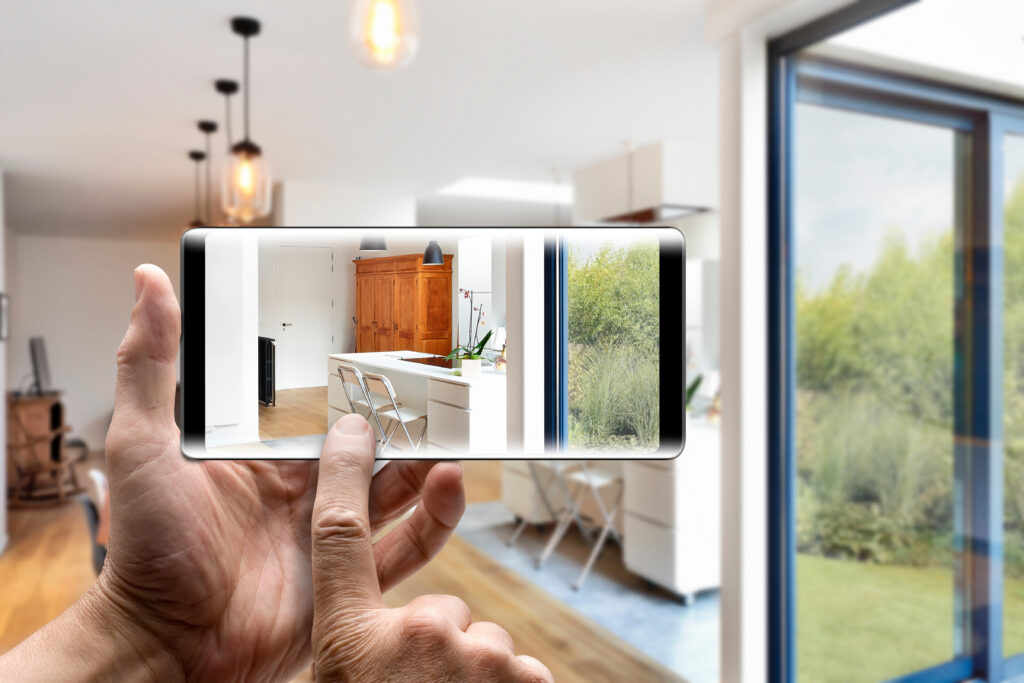
In today’s fast-paced world, real estate photography plays a crucial role in selling a property.
As the famous saying goes, “a picture is worth a thousand words,” the visual presentation of a property is often the first impression potential buyers get before they even step foot in the house. Therefore, it is essential to understand the psychology behind visual perception in real estate photography.
Visual perception is the process of interpreting and organizing sensory information received through our eyes. It is the way our brains make sense of the visual information we see and create a meaning out of it. In real estate photography, the use of visual perception helps to showcase a property in its best possible light and make it stand out from the rest.
Visual perception consists of various elements that are vital in real estate photography. These elements include color, lighting, composition, perspective, and scale. Understanding how these elements affect the viewer’s perception can help you produce images that are visually appealing and emotionally evocative.
By understanding the psychology of visual perception, you can create a connection between the viewer and the property. Through visual cues, you can highlight the unique features and qualities of the property that would appeal to the buyer. This way, you can capture their attention, pique their interest, and leave a lasting impression.
The Importance of First Impressions and Emotional Response
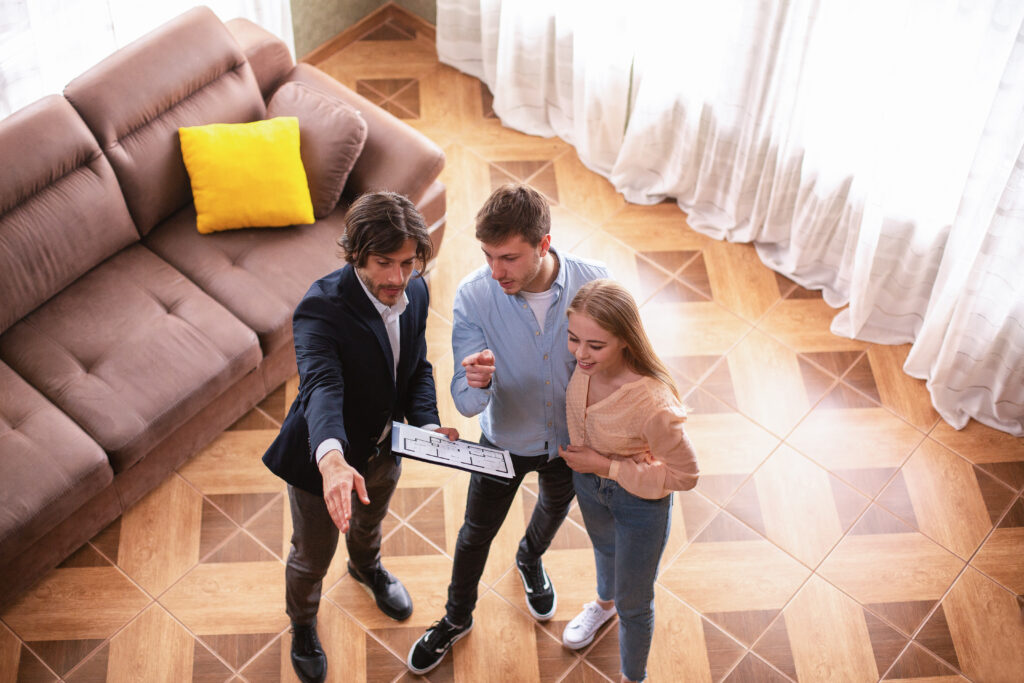
First impressions are everything when it comes to real estate photography.
Within seconds of viewing a property photo, potential buyers will make a decision on whether they are interested or not. That’s why it’s crucial for real estate photographers to understand the psychological impact that visuals can have on the viewer.
Research has shown that first impressions are based on emotional responses. The visual stimuli presented in a photograph elicits a reaction in the brain, which then triggers an emotional response. These emotions can be positive or negative and can heavily influence the decision-making process of a potential buyer.
For example, if a photo of a home showcases a beautiful and well-maintained garden, potential buyers will feel more positive about the property as it creates a sense of serenity and calmness. On the other hand, if the photo highlights an overgrown lawn or poorly maintained exterior, it can trigger negative emotions like disgust and unease, making the property less attractive.
It’s also essential to note that emotions associated with the property can last long after viewing the photo. Positive emotions lead to a more favorable opinion of the property, while negative emotions lead to a less favorable opinion.
Real estate photographers must be mindful of these emotional responses to create outstanding photographs. Composition, lighting, and color theory help achieve this. Understanding how to capture a property’s essence and express its mood can make or break a transaction.
Using Color Theory to Elicit a Specific Response
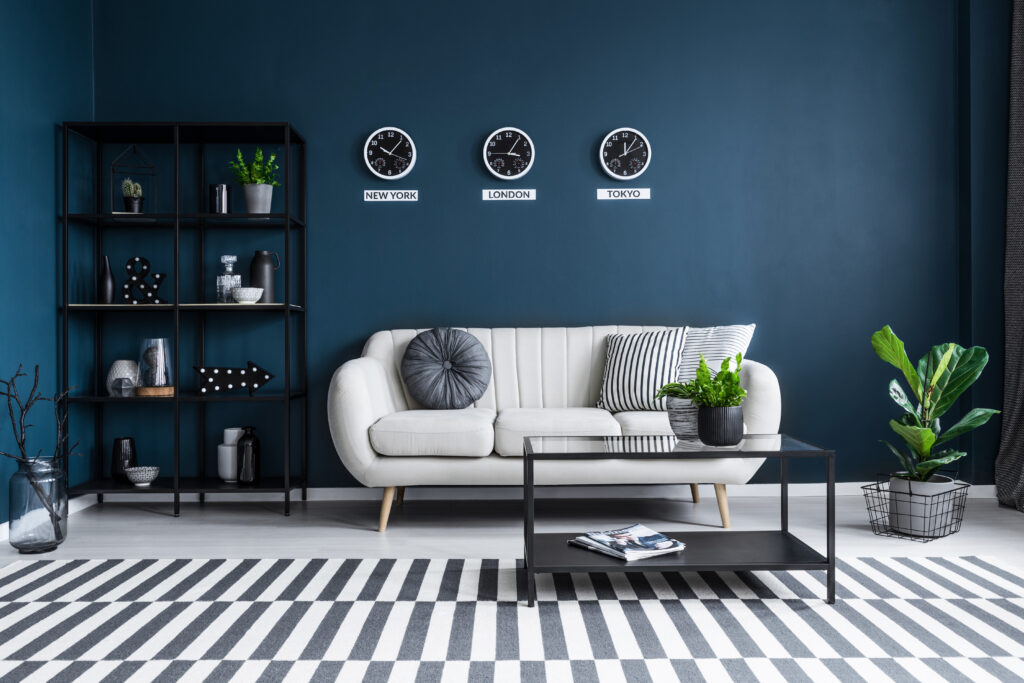
As we’ve previously discussed, first impressions and emotional response play a significant role in the success of real estate photography.
One of the most potent tools you have to elicit an emotional response is through the use of color. Color psychology has been a well-studied field, and it can help guide you in your choices of color palette when photographing a property.
Warm colors such as red, orange, and yellow can create feelings of excitement, warmth, and optimism. These colors can be useful in areas of the property that you want to draw attention to, such as the living room or kitchen.
Cool colors such as blue, green, and purple, on the other hand, can create feelings of calmness, relaxation, and tranquility. These colors can be used in bedrooms or outdoor areas where you want to create a peaceful and serene atmosphere.
It’s also essential to consider the color of furniture and accessories within the property. Bold or brightly colored accents can create a focal point and add visual interest to the space. At the same time, muted or neutral tones can help create a cohesive and calming atmosphere.
Keep in mind that cultural associations with colors can also play a role in their perceived meaning. For example, in some cultures, red may be associated with good luck and prosperity, while in others, it may be associated with danger or warning.
Utilizing Lighting Techniques for Emphasis and Focus
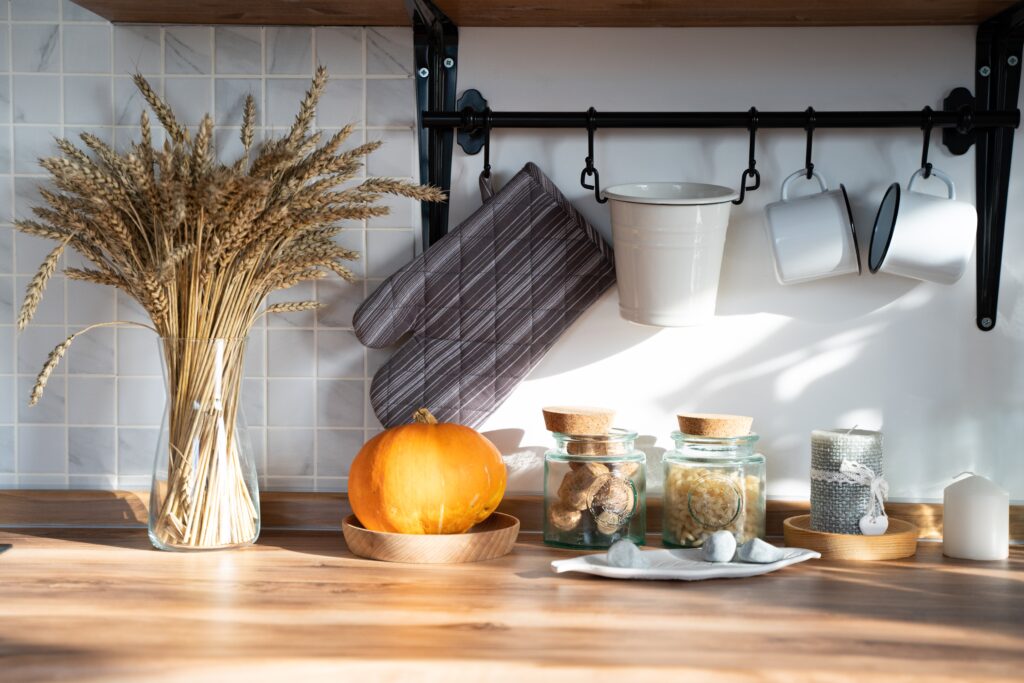
In real estate photography, lighting can be one of the most powerful tools to create a compelling and memorable image. Good lighting can add depth, texture, and mood to your photos, and it can draw the viewer’s attention to key elements of the property.
One of the most important things to keep in mind when using lighting in real estate photography is that natural light is always the best option. If possible, try to shoot during the golden hours (just after sunrise and just before sunset), when the light is soft and warm, and the shadows are long and dramatic.
If natural light is not an option, or if you need to supplement it with artificial light, you can use a variety of techniques to create different moods and effects. For example, if you want to emphasize a particular feature of the property, such as a fireplace or a beautiful staircase, you can use directional lighting to draw the eye to that area. You can also warm or cool the light with colored gels or filters.
Another technique you can use is to create contrast between light and dark areas of the photo. This can be especially effective when shooting interiors, where you want to highlight certain elements while keeping others in the background. You can use a combination of natural and artificial light to create a dramatic effect, such as highlighting a specific piece of furniture or artwork.
Finally, don’t be afraid to experiment with different lighting setups and techniques. Play around with angles, distances, and intensity levels to see what works best for your particular property.
The Impact of Composition on Property Appeal
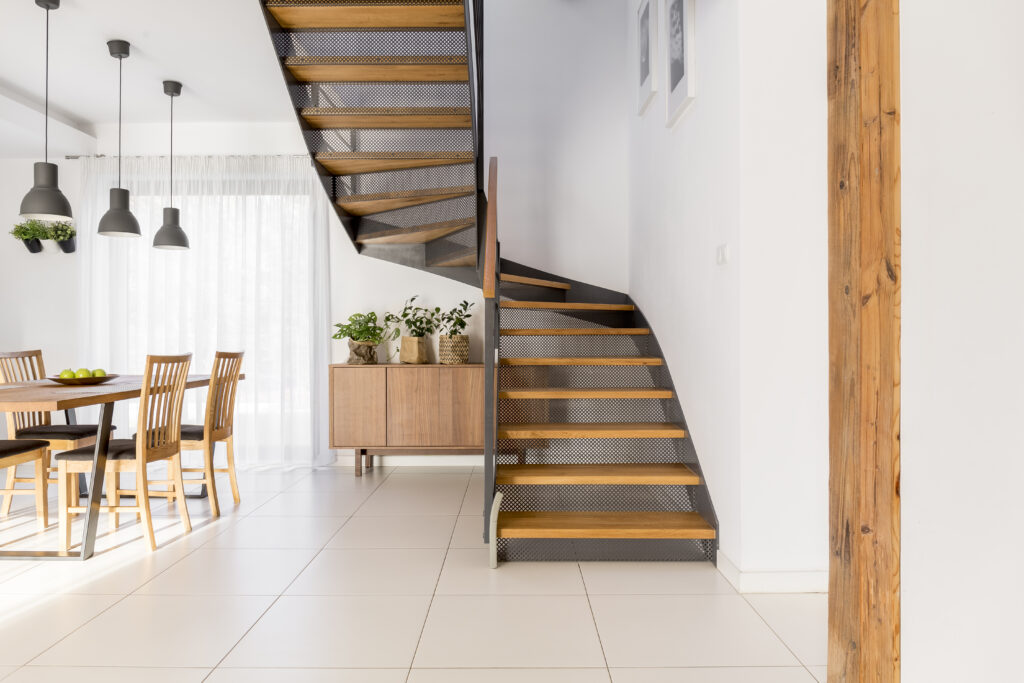
Composition is the arrangement of elements in a photograph to create a cohesive and aesthetically pleasing image. In real estate photography, the composition plays a crucial role in how potential buyers perceive the property.
A poorly composed image can make a beautiful property look uninviting and unappealing. On the other hand, a well-composed image can make a less attractive property look desirable. The key is to showcase the property’s best features and make it look inviting.
One of the most important aspects of composition in real estate photography is the use of lines and angles. Straight lines, like those in walls and floors, can create stability and structure. Angular lines, such as those found in staircases and rooflines, can create a sense of drama and excitement. A skilled photographer knows how to use these lines to draw the viewer’s eye to specific areas of the property.
Another important factor in composition is the use of negative space. Negative space is the area around and between objects in an image. In real estate photography, negative space is used to create a sense of openness and spaciousness. A cluttered image with too many objects can make a property feel cramped and uninviting.
In addition to lines and negative space, the photographer must also consider the placement of furniture and other objects within the image. Arrange the furniture to create a sense of flow and movement through the space. Place objects strategically to highlight the property’s best features, such as a fireplace or a beautiful view.
The Psychology of Perspective and Scale
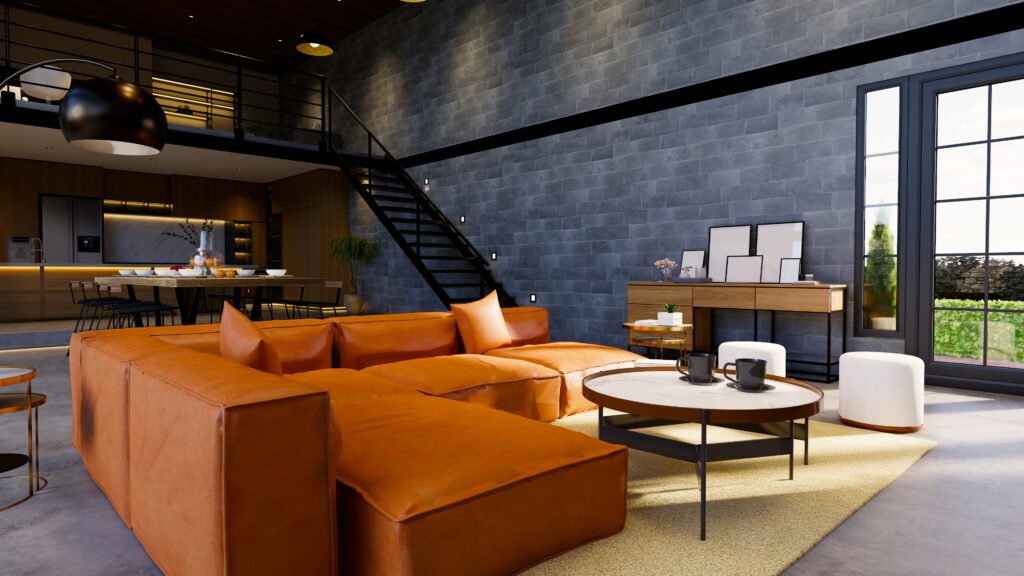
When it comes to real estate photography, perspective and scale are crucial components that can significantly impact the perceived value of a property.
These factors have a direct influence on the viewers’ visual perception, which can evoke certain emotions and feelings that ultimately determine the effectiveness of the photography in showcasing the property.
Perspective, for example, refers to the perceived spatial relationship between the different elements of the photograph. This includes the subject property and the surrounding environment. Photographs taken from an upward angle tend to make objects appear more significant while shots from a downward angle may give the impression of a smaller, more intimate space. Thus, it’s essential to consider the perspective in which a photo is taken to achieve a specific outcome.
Scale, on the other hand, is how the perceived size of objects appear in a photograph. The placement and size of furnishings, for example, can convey a sense of grandeur or coziness to the viewer. A skilled photographer can use scale to evoke a particular emotional response in potential buyers.
Understanding the psychological impact of perspective and scale is essential in creating effective real estate photography. By leveraging the power of these elements, photographers can produce images that resonate with viewers, creating an emotional connection that drives engagement and inspires action.
Ready to sell your property? Give us a call today and learn more about our professional photography services that can boost your property listing!
Plus, explore our virtual assistant coaching program to level up your business. Don’t forget to tune into our new podcast for even more valuable insights!
